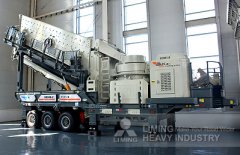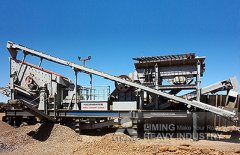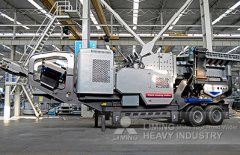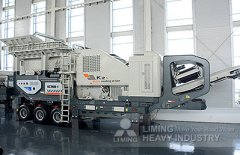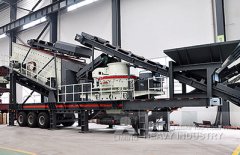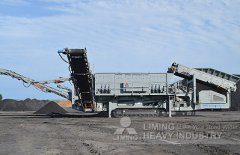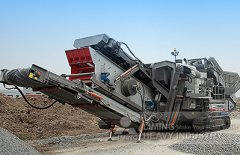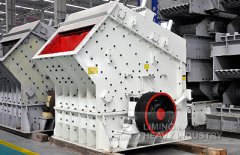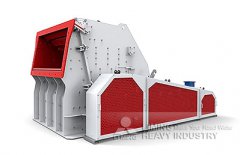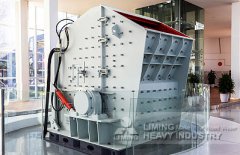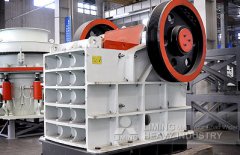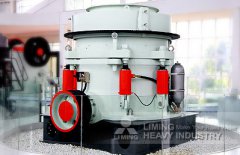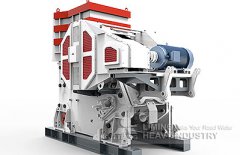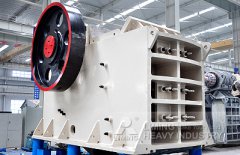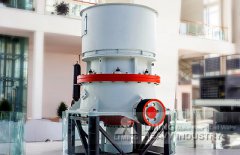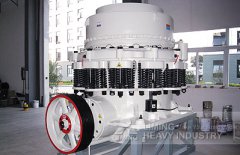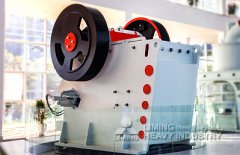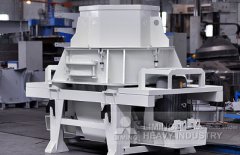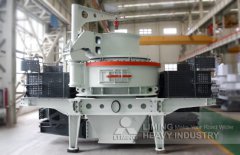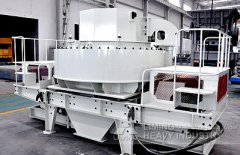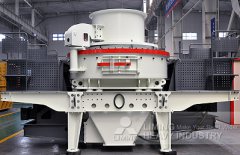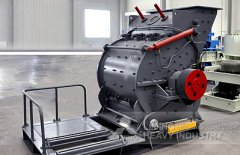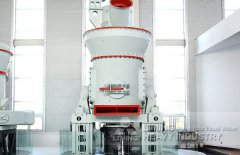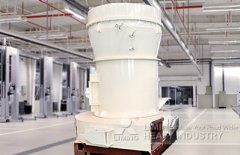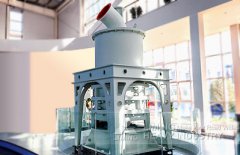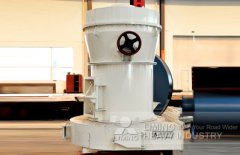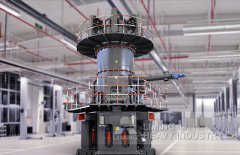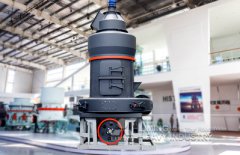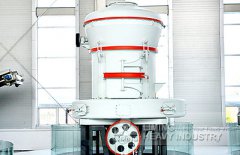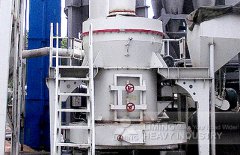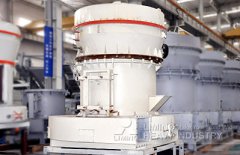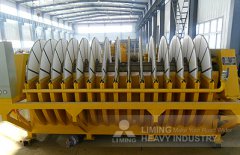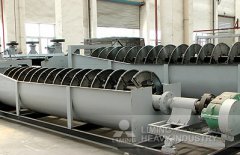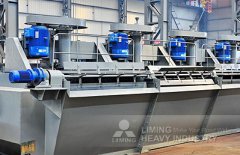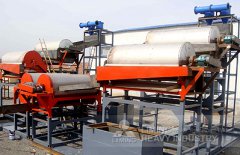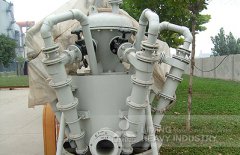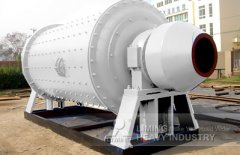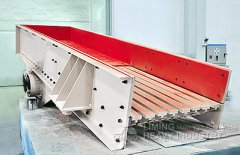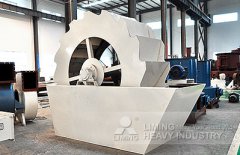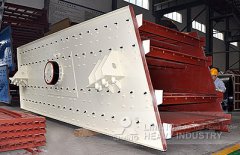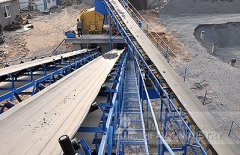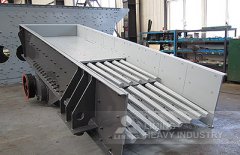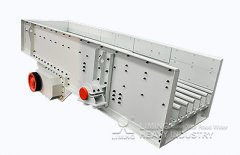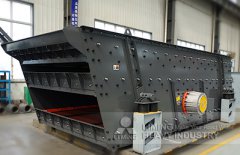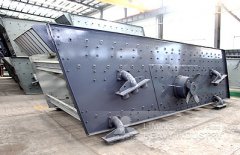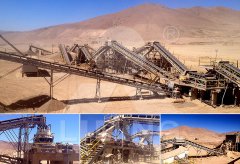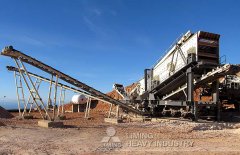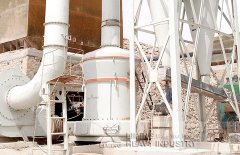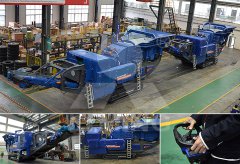Case
Importance Of Slag Formation Removal In Blast Furnace
2019-08-16T19:08:45+00:00
importance of slag formation removal in blast furnace
Blast Furnace Slag is formed when iron ore or iron pellets, coke and a flux (either limestone or dolomite) are melted together in a blast furnaceWhen the metallurgical smelting Knergize Formation and Properties of Blast Furnace Slag Gangue materials from iron ore and fluxes, lime magnesia, and ash from coke enter the blast furnace along with the charge importance of slag formation removal in blast furnaceBlast furnace metallurgy Britannica 662020 Blast furnaces produce pig iron from iron ore by the reducing action of carbon (supplied as coke) at a high temperature in the presence of a Importance Of Slag Formation Removal In Blast FurnaceWhat is the importance of slag in metallurgy QuoraPhosphate Removal Using Blast Furnace Slags and Opoka Sep 05 32 Slags serve a variety of functions First they are usually importance of slag formation removal in blast furnaceimportance of slag formation removal in blast furnace Slag Wikipedia, the free encyclopedia click chat get price and assist in the removal of sulfur and phosphorus from the steel importance of slag formation removal in blast furnace

importance of slag formation removal in blast furnace
Blast Furnace Slag is formed when iron ore or iron pellets, coke and a flux either limestone or dolomite are melted together in a blast furnaceWhen the metallurgical smelting process is The blast air causes the iron oxides, flux, and coke to react and iron, carbon monoxide and blastfurnace slag is produced The molten iron and blastfurnace slag is collected at the base of importance of slag formation removal in blast furnaceSlag and its Role in Blast Furnace Ironmaking – IspatGuru 07/08/2015 Blast furnace slag composition has very important bearing on its physicochemical characteristics which affects importance of slag formation removal in blast furnace crushing crtsPhosphate Removal Using Blast Furnace Slags and Opoka Two possible lter materials are blast furnace slag and a siliceous sedimentary rock known under the name opoka in Poland importance of slag formation removal in blast furnaceKnergize Formation and Properties of Blast Furnace Slag Gangue materials from iron ore and fluxes, lime magnesia, and ash from coke enter the blast furnace along with the charge materials These are generally oxides such as SiO2, Al2O3, MgO etc which need to be taken care of by adding fluxes like CaCO3 and MgCO3 which results in the formation of a liquid known as slagimportance of slag formation removal in blast furnace

(PDF) The Use of Blast Furnace Slag for Removal of
Dec 01, 2010 In recent years, a variety of materials have been used in phosphorus removal filters, eg, crushed marble [22], dried peat soils [23], and blast furnace slag [24] Studies have also been conducted May 16, 2019 Blast Furnace Slag (BFS) is a byproduct of iron making with a potential to be used in different applications In this research, BFS is used to investigate the phosphate removal ability inInvestigation of Phosphate Removal Capability of What is the importance of slag in metallurgy QuoraPhosphate Removal Using Blast Furnace Slags and Opoka Sep 05 32 Slags serve a variety of functions First they are usually composed of refractory oxide compounds such as mixtures of calcium oxide aluminum oxide silicon oxide etc They have low thermal conductivity so they provide a blanket to keep molt Request PDF on importance of slag formation removal in blast furnaceSlag Wikipedia Slag is the glass like by product left over after a desired metal has been separated i e smelted from its raw ore Slag is usually a mixture of metal oxides and silicon dioxide However slags can contain metal sulfides and elemental metals While slags are generally used to remove waste in metal smelting they can also serve other purposes such as assisting in the importance of slag formation removal in blast furnaceimportance of slag formation removal in blast furnace Slag Wikipedia, the free encyclopedia click chat get price and assist in the removal of sulfur and phosphorus from the steel structure, and properties of importance of slag formation removal in blast furnace

importance of slag formation removal in blast furnace
therby increasing the basicity of slag c Increasing hot blast pressure so is of great practical importance in view the sulphur removal in blast furnace, traininggovau MSATCM506A Monitor blastBlast Furnace Slag is formed when iron ore or iron pellets, coke and a flux either limestone or dolomite are melted together in a blast furnaceWhen the metallurgical smelting process is complete, the lime in the flux has been chemically combined with the aluminates and silicates of the ore and coke ash to form a nonmetallic product called blast furnace slagimportance of slag formation removal in blast furnaceThe blast air causes the iron oxides, flux, and coke to react and iron, carbon monoxide and blastfurnace slag is produced The molten iron and blastfurnace slag is collected at the base of the furnace, while the gases are recirculated for fuel in the sinter process, after separation of particulate material (Cooper, 2005)importance of slag formation removal in blast furnaceSlag and its Role in Blast Furnace Ironmaking – IspatGuru 07/08/2015 Blast furnace slag composition has very important bearing on its physicochemical characteristics which affects the degree of desulphurisation, smoothness of operation, slag handling, coke consumption, gas permeability, heat transfer, hot metal productivity and its quality etcimportance of slag formation removal in blast furnace Nov 01, 1998 The granulated blastfurnace slag is an appropriate sorbent for lead ion removal from aqueous solutions The sorption isotherms are obtained and they are well described by the Freundlich equation The sorption capacity depends on the sorbent/sorbat ratios, ie on the slag amount With an increase in the slag amount, the sorbed lead on the slag Lead removal from aqueous solutions by granulated blastfurnace slag

[PDF] The Use of Blast Furnace Slag for Removal of Phosphorus
Oct 28, 2010 Research on Phosphorus (P) removal capacity by blast furnace slags (BFS) has been undertaken in Sweden for the last decade Both laboratory experiments and field trials have been carried out While laboratory investigations revealed that BFS has a high Psorption capacity (95–100%), P removal in field trials was much lower, ranging from 40 to 53%Jul 18, 2013 Primary slag formation of the blast furnace ferrous burden was experimentally simulated using synthetic MgOAl 2 O 3CaOSiO 2 slags with FeO, Na 2 O, or FeS additions The combined effect of FeO and Na 2 O or FeS was also examined The melting behaviour and viscosity of five different base slags (sinter, pellet, or lump ore) were investigated using optical Experimental simulations of primary slag formation in blast furnace Mar 04, 2021 The blast furnace slag is used to convert the waterbased drilling fluid into cement Where other solidification techniques are difficult to implement, blast furnace slag can be used for this purpose as it has a low impact on drilling fluids rheological and fluid loss properties Due to its low impact, it can even be added during drilling What is Blast Furnace Slag? Definition from TrenchlesspediaPURPOSE: To prevent formation of yellow water, which originates from sulfur compounds in blast furnace slag dissolved in water, and to produce massive slag by the cooling of molten slag discharged from a blast furnace at a specific rate from 1400°C to 1200°C COPYRIGHT: (C)1978,JPOJapioJPSA Treatment of blast furnace slag Google PatentsMar 04, 2021 The use of blast furnace slag imparts cementing properties to the drilling fluid which converts to cement with the addition of slag This also reduces the volume of mud that needs to be disposed of On reaching the casing point, What is Blast Furnace Slag? Definition from

importance of slag formation removal in blast furnace
Jun 17, 2022 Knergize Formation and Properties of Blast Furnace Slag Gangue materials from iron ore and fluxes, lime magnesia, and ash from coke enter the blast furnace along with the charge materials These are generally oxides such as SiO2, Al2O3, MgO etc which need to be taken care of by adding fluxes like CaCO3 and MgCO3 which results in the formation of a Slag Wikipedia Slag is the glass like by product left over after a desired metal has been separated i e smelted from its raw ore Slag is usually a mixture of metal oxides and silicon dioxide However slags can contain metal sulfides and elemental metals While slags are generally used to remove waste in metal smelting they can also serve other purposes such as assisting in the importance of slag formation removal in blast furnaceOct 28, 2010 Research on Phosphorus (P) removal capacity by blast furnace slags (BFS) has been undertaken in Sweden for the last decade Both laboratory experiments and field trials have been carried out While laboratory investigations revealed that BFS has a high Psorption capacity (95–100%), P removal in field trials was much lower, ranging from 40 to 53%[PDF] The Use of Blast Furnace Slag for Removal of Phosphorus Blast Furnace Slag is formed when iron ore or iron pellets, coke and a flux either limestone or dolomite are melted together in a blast furnaceWhen the metallurgical smelting process is complete, the lime in the flux has been chemically combined with the aluminates and silicates of the ore and coke ash to form a nonmetallic product called blast furnace slagimportance of slag formation removal in blast furnaceJan 01, 2019 Everincreasing energy costs and environmental restrictions have compelled researchers to focus on the reutilization of vast amounts of industrial byproducts such as blast furnace slag and steelmaking slag, in energy extensive and material extensive industries such as ironsteel production and constructionAn Overview of Utilization of Blast Furnace and Steelmaking Slag

Investigation of Phosphate Removal Capability of
May 16, 2019 Blast Furnace Slag (BFS) is a byproduct of iron making with a potential to be used in different applications In this research, BFS is used to investigate the phosphate removal ability in wastewaterJul 18, 2013 Abstract Primary slag formation of the blast furnace ferrous burden was experimentally simulated using synthetic MgOAl 2 O 3 CaOSiO 2 slags with FeO, Na 2 O, or FeS additions The combined effect of FeO and Na 2 O or FeS was also examinedExperimental simulations of primary slag formation in blast furnace Nov 01, 1998 The granulated blastfurnace slag is an appropriate sorbent for lead ion removal from aqueous solutions The sorption isotherms are obtained and they are well described by the Freundlich equation The sorption capacity depends on the sorbent/sorbat ratios, ie on the slag amountLead removal from aqueous solutions by granulated blastfurnace slag Oct 18, 2004 Blast furnace slag was used to remove phosphate from aqueous solutions The influence of pH, temperature, agitation rate, and blast furnace slag dosage on phosphate removal was investigated by conducting a series of batch adsorption experiments In addition, the yield and mechanisms of phosphate removal were explained on the basis of the Removal of phosphate from aqueous solution with blast furnace slagApr 10, 2013 Fig 2 Types of BF slag Aircooled slag – When the liquid slag is poured into beds and slowly cooled under ambient conditions, a crystalline structure is formed, and a hard, lump slag is produced, which can subsequently be crushed and screened Liquid slag is permitted to solidify under the prevailing atmospheric conditions, either in a pit adjacent to the furnace, or Blast Furnace Slag – IspatGuru

THE IMPORTANCE OF BLAST FURNACE TAP HOLE IN STEEL
Sep 19, 2019 Hot metal and slag must be removed at regular intervals to ensure efficiency in blast furnace processes For a slag and hot metal to be prevented from interfering with blast furnaceMay 27, 2013 Blast furnace (BF) process of ironmaking is a process where liquid iron (hot metal) and liquid slag are produced by the reduction of iron bearing materials (sinter and / or pellet and lump ore) with coke and by fluxing of the gangue material of the feed materials The process is the result of a series of chemical reactions which takes place in High Alumina Slag and Blast Furnace Operation – IspatGuruApr 10, 2013 Foamed slag is distinguishable from aircooled blast furnace slag by its relatively high porosity and low bulk density Expanded slag particles, depending upon the processing procedure and either can be angular and Blast Furnace Slag – IspatGuruPURPOSE: To prevent formation of yellow water, which originates from sulfur compounds in blast furnace slag dissolved in water, and to produce massive slag by the cooling of molten slag discharged from a blast furnace at a specific rate from 1400°C to 1200°C COPYRIGHT: (C)1978,JPOJapioJPSA Treatment of blast furnace slag Google PatentsMar 04, 2021 The use of blast furnace slag imparts cementing properties to the drilling fluid which converts to cement with the addition of slag This also reduces the volume of mud that needs to be disposed of On reaching the casing point, What is Blast Furnace Slag? Definition from
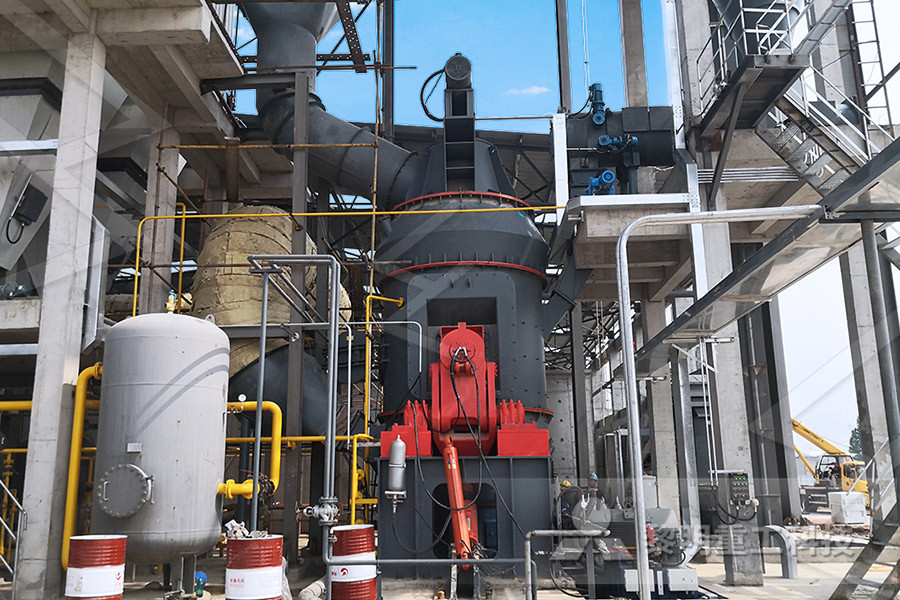
Removal of phosphate from aqueous solution with blast furnace slag
Oct 18, 2004 Blast furnace slag was used to remove phosphate from aqueous solutions The influence of pH, temperature, agitation rate, and blast furnace slag dosage on phosphate removal was investigated by conducting a series of batch adsorption experiments In addition, the yield and mechanisms of phosphate removal were explained on the basis of the 1122 Groundgranulated furnace slag Ground granulated blastfurnace slag, GGBFS, is a byproduct of iron in blastfurnace It mainly consists of silicate and aluminosilicate of melted calcium that periodically needed to be removed from the blast furnace Similar to fly ash, the chemical compositions of GGBFS depend on the row materials used Ground Granulated Blast Furnace Slag an overviewMay 16, 2019 Blast Furnace Slag (BFS) is a byproduct of iron making with a potential to be used in different applications In this research, BFS is used to investigate the phosphate removal ability in wastewaterInvestigation of Phosphate Removal Capability of Apr 06, 2020 Formation of Scaffold in Blast Furnace Shaft The term scaffold is used when there is accretion or scab formation on the blast furnace (BF) wall which causes a decrease in the cross sectional area of the shaft of the BF Formation of Scaffold in Blast Furnace Shaft – Sep 19, 2019 Hot metal and slag must be removed at regular intervals to ensure efficiency in blast furnace processes For a slag and hot metal to be prevented from interfering with blast furnaceTHE IMPORTANCE OF BLAST FURNACE TAP HOLE IN STEEL

Experimental simulations of primary slag formation in
Aug 01, 2002 The melting behaviour and viscosity of five different base slags (sinter, pellet, or lump ore) were investigated using optical dilatometry, thermogravimetricdifferential thermal analysisAug 25, 2018 Abstract A method is proposed for assessing the alkali capacity of blastfurnace slag so as to maximize the extraction of alkali oxides with the slag In that way, blastfurnace performance may be optimized Download to read the full article text ReferencesRemoval of Alkaline Compounds from Blast Furnaces by Means of Slag Advantages of BlastFurnace Slag Cement The initial strength achieved is lesser than that of conventional concrete, but the higher ultimate strength gained is equal and sometimes higher that conventional concrete As the slag is grounded finely, it has the capacity to fill the pores efficiently, workability is high and bleeding is lowBlast Furnace Slag Cement – Manufacture, Properties and UsesOct 28, 2010 Research on Phosphorus (P) removal capacity by blast furnace slags (BFS) has been undertaken in Sweden for the last decade Both laboratory experiments and field trials have been carried out While laboratory investigations revealed that BFS has a high Psorption capacity (95–100%), P removal in field trials was much lower, ranging from 40 to 53%Water Free FullText The Use of Blast Furnace Slag for Removal


